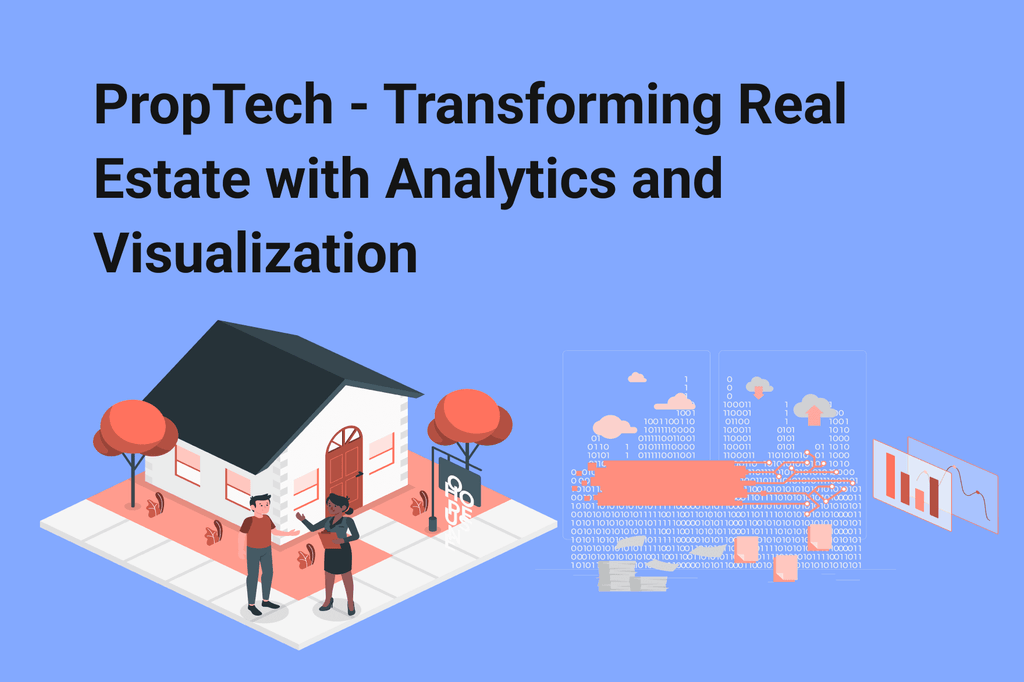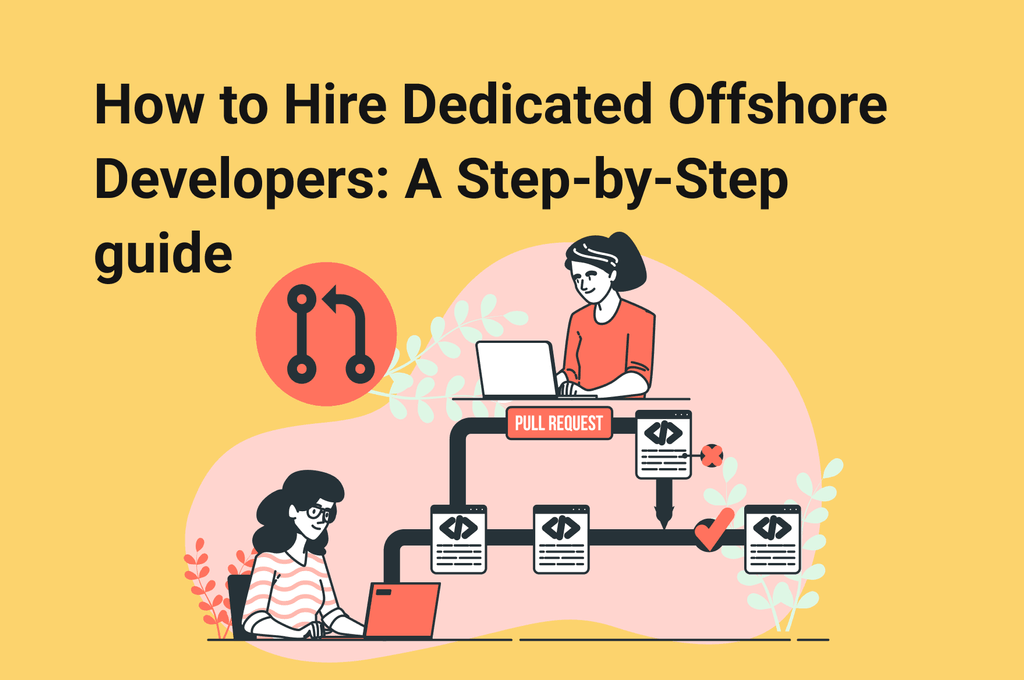
Don’t know where to start?
We will advise you on the best way to realize your idea, leveraging our expertise
Download our report
We have provided information on the cost of launching an MVP for three projects of varying levels of complexity, enabling you to compare what each project entails.
FAQ
What is the most widely used software development model?
Waterfall is one of the most widely used software development models, as it has been in use for decades. In this model, all stages of development are sequential — meaning that a team must complete one stage before moving on to the next.
Which software development model is most cost-effective?
The Agile model is the most cost-effective software development model. It combines an incremental approach with iterative development and is better suited to projects with flexible requirements.
Which software development model is best suited for testing?
V Model is a software development model that is considered superior to the Waterfall model. In V Model, the development and testing activities are carried out side-by-side in the downhill-and-uphill shape. Also, testing starts at the unit level and spreads toward the integration of the entire system.
Table of contents:
Want to estimate your app idea?




